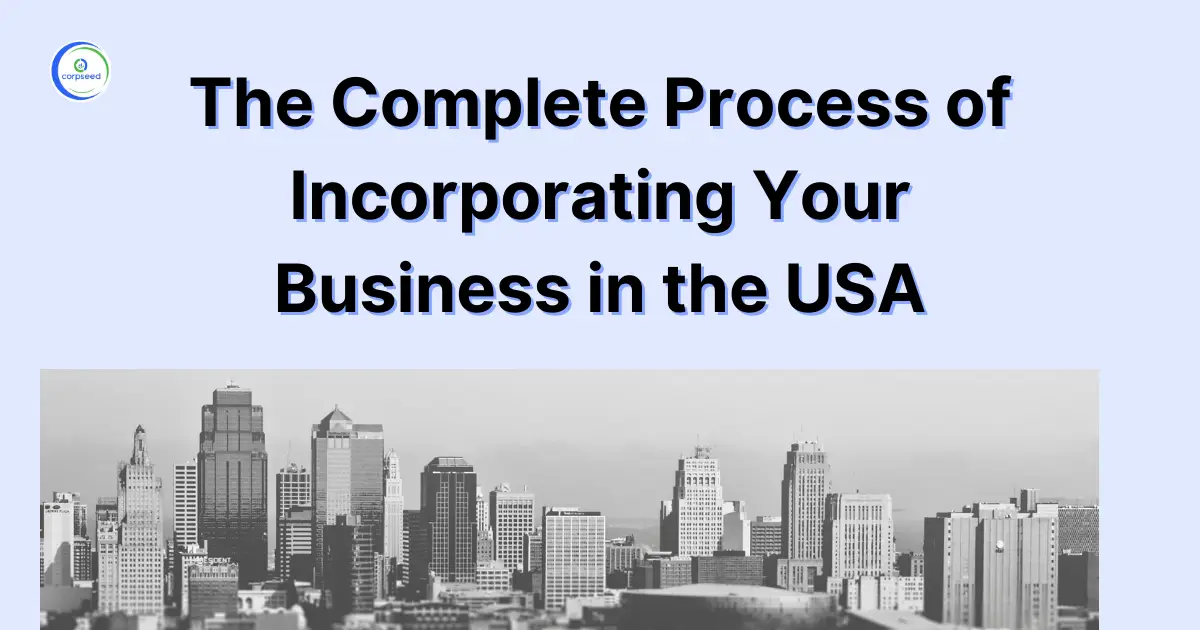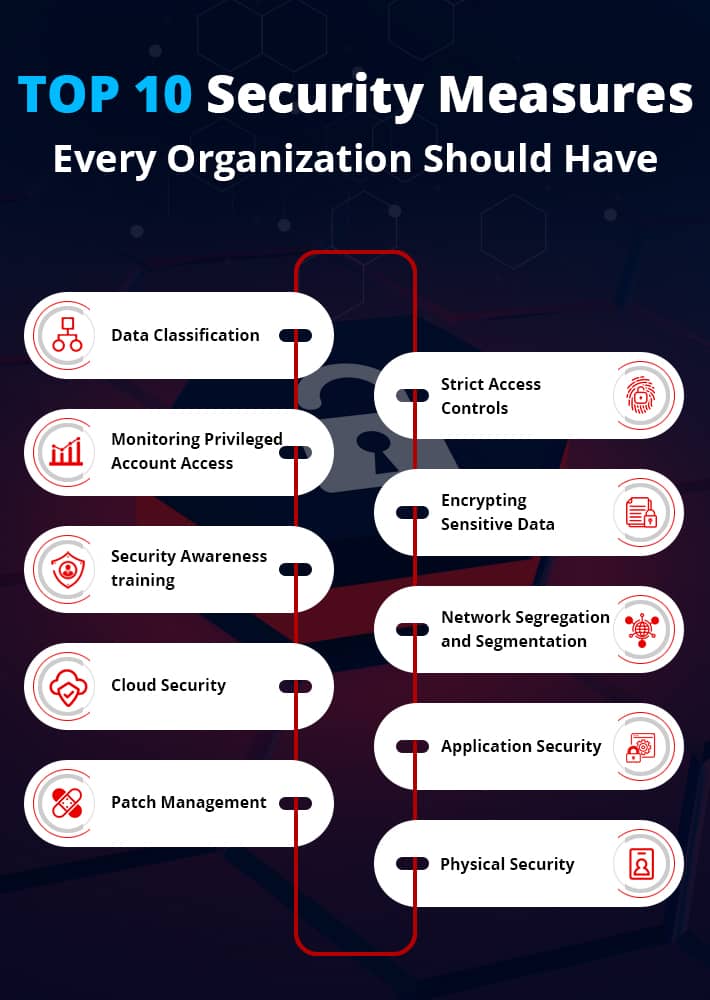What Are Good Recovery Measures To Incorporate In Your Organization

The modern workplace, a dynamic landscape of innovation and collaboration, is also increasingly vulnerable to disruption. From cyberattacks crippling infrastructure to natural disasters halting operations, organizations face a constant barrage of threats that can bring productivity to a standstill.
The ability to bounce back swiftly and effectively – to implement robust recovery measures – is no longer a luxury, but a necessity for survival.
Building a Resilient Organization: The Nut Graf
This article delves into the critical components of a comprehensive organizational recovery strategy. We'll explore key areas such as data backup and disaster recovery, business continuity planning, employee support programs, and communication protocols.
Drawing on industry best practices, expert opinions, and real-world examples, we aim to provide actionable insights for organizations seeking to strengthen their resilience and minimize the impact of unforeseen events. The goal is to help organizations safeguard their operations, protect their employees, and maintain their competitive edge in an increasingly uncertain world.
Data Backup and Disaster Recovery: The Foundation of Resilience
Data is the lifeblood of any modern organization. A robust data backup and disaster recovery (DR) plan is the cornerstone of any effective recovery strategy.
This involves regularly backing up critical data to secure, offsite locations, and having a clear plan for restoring that data in the event of a system failure, cyberattack, or natural disaster. According to a 2023 report by the Ponemon Institute, the average cost of a data breach for organizations worldwide is $4.45 million, highlighting the financial imperative of strong data protection measures.
Cloud-based DR solutions are gaining popularity for their scalability, cost-effectiveness, and ease of implementation. They allow organizations to quickly spin up virtual servers and applications in the cloud, ensuring business continuity even when their on-premises infrastructure is unavailable.
Regular testing of the DR plan is crucial to identify any weaknesses and ensure that the recovery process works as expected. This includes simulating different disaster scenarios and measuring the time it takes to restore critical systems.
Business Continuity Planning: Maintaining Operational Flow
Business continuity planning (BCP) goes beyond data recovery to encompass all aspects of keeping the organization running during and after a disruption. It involves identifying critical business functions, assessing the potential impact of disruptions, and developing strategies to maintain those functions.
A well-defined BCP should outline specific procedures for different types of disruptions, such as power outages, network failures, or pandemics. It should also identify key personnel responsible for executing the plan and provide them with the necessary training and resources.
FEMA recommends a comprehensive approach to BCP that includes risk assessment, business impact analysis, strategy development, and plan implementation. This approach helps organizations prioritize their recovery efforts and allocate resources effectively.
The plan should be regularly reviewed and updated to reflect changes in the organization's business operations and the external threat landscape. This ensures that the plan remains relevant and effective over time.
Employee Support Programs: The Human Element
Recovery isn't just about technology and processes; it's also about people. Employee support programs are essential for helping employees cope with the stress and trauma associated with disruptive events. This includes providing access to mental health resources, financial assistance, and practical support services.
Following a disaster, employees may experience a range of emotions, including anxiety, fear, and grief. Organizations should be prepared to offer counseling services and support groups to help employees process their emotions and recover from the experience. According to the American Psychological Association, providing support to employees after a traumatic event can significantly improve their mental health and well-being.
Clear and transparent communication is also crucial for maintaining employee morale and trust during a crisis. Organizations should keep employees informed about the situation, the recovery efforts, and any changes to work schedules or policies.
Creating a culture of resilience, where employees feel empowered to take initiative and support each other, can also enhance the organization's ability to bounce back from adversity.
Communication Protocols: Keeping Stakeholders Informed
Effective communication protocols are vital for keeping stakeholders informed during a crisis. This includes employees, customers, suppliers, and the public. Organizations should have a clear plan for communicating with each of these groups, using a variety of channels, such as email, social media, and phone calls.
The communication plan should identify key spokespersons who are authorized to speak on behalf of the organization. These individuals should be trained in crisis communication and prepared to answer questions from the media and the public.
Honesty and transparency are essential for maintaining trust during a crisis. Organizations should be upfront about the situation and avoid making misleading statements. They should also be prepared to acknowledge mistakes and take responsibility for their actions.
Regularly testing the communication plan is important to ensure that it works as expected. This includes conducting mock press conferences and practicing crisis communication scenarios. A 2022 study by Deloitte found that organizations with strong crisis communication plans were better able to protect their reputation and maintain customer loyalty during a crisis.
Looking Ahead: Building a Culture of Continuous Improvement
Implementing effective recovery measures is an ongoing process, not a one-time event. Organizations should continuously monitor their recovery plans, identify areas for improvement, and adapt to changing threats and circumstances. This includes regularly reviewing risk assessments, updating business continuity plans, and conducting drills and exercises.
By fostering a culture of continuous improvement, organizations can build resilience and minimize the impact of future disruptions. This requires a commitment from leadership, investment in training and resources, and a willingness to learn from past experiences. In conclusion, robust recovery measures are not merely about reacting to crises, but about proactively building organizational strength to withstand and overcome any challenge the future may hold.

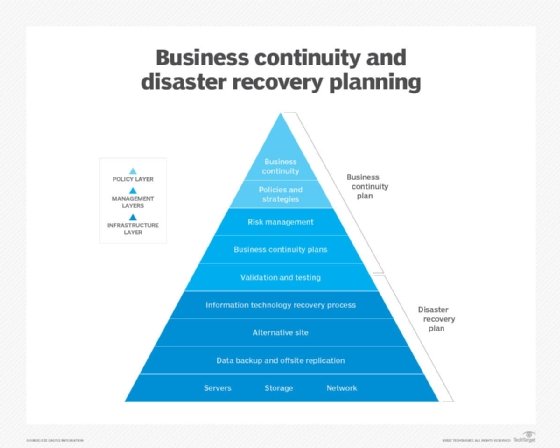
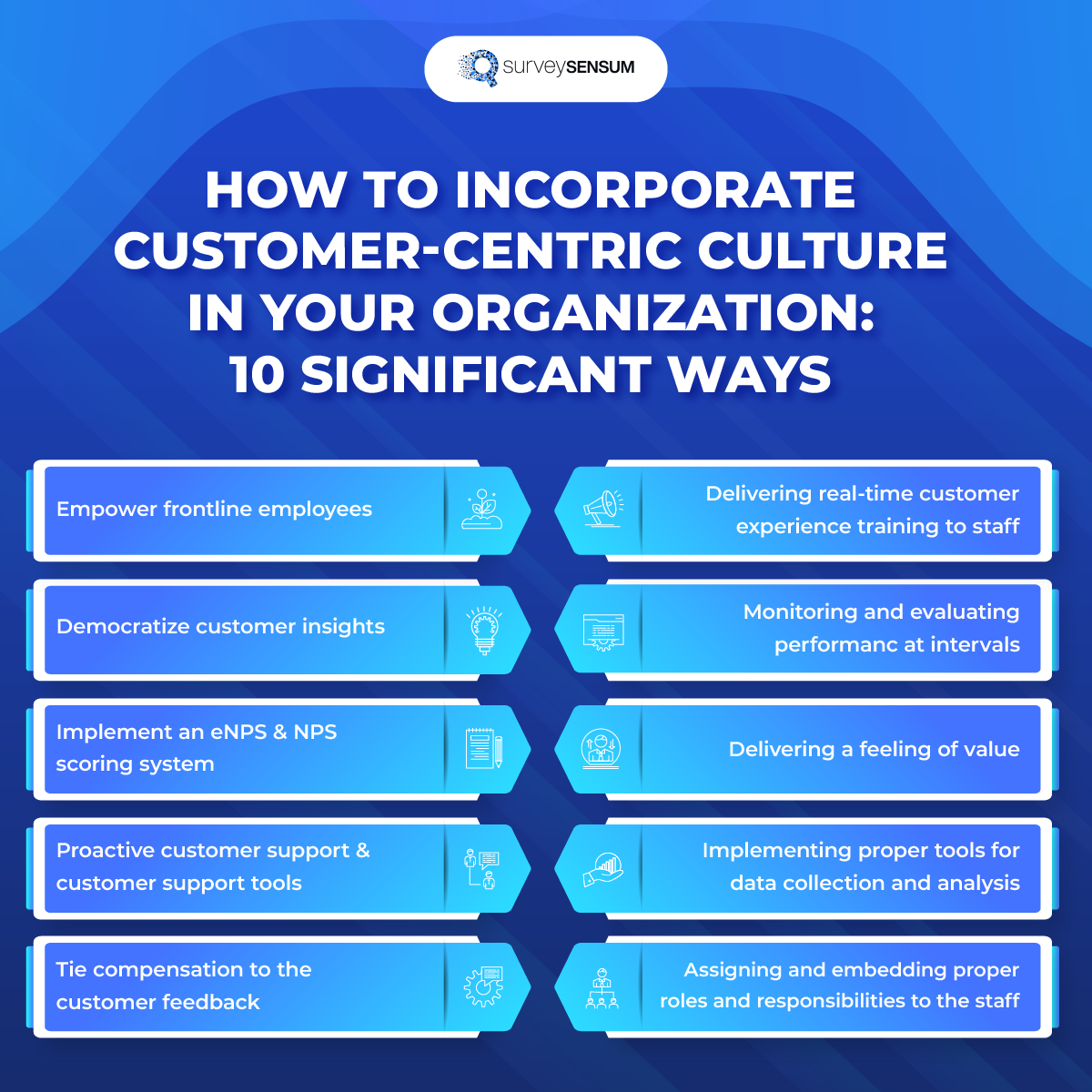
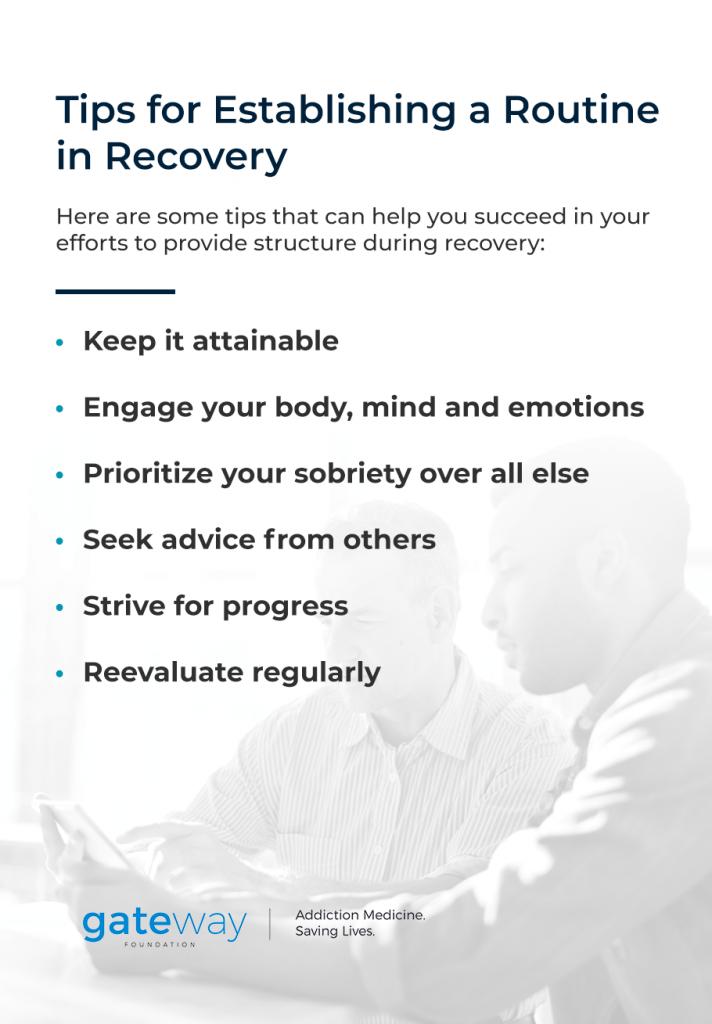
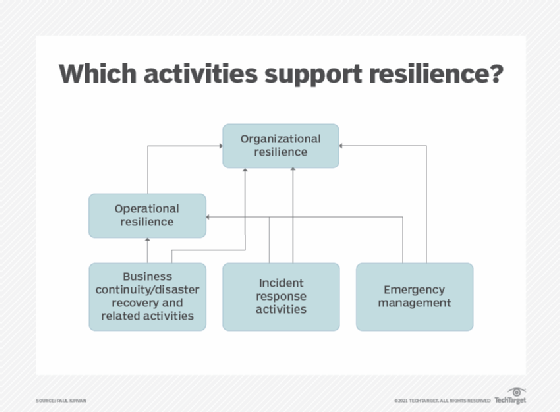
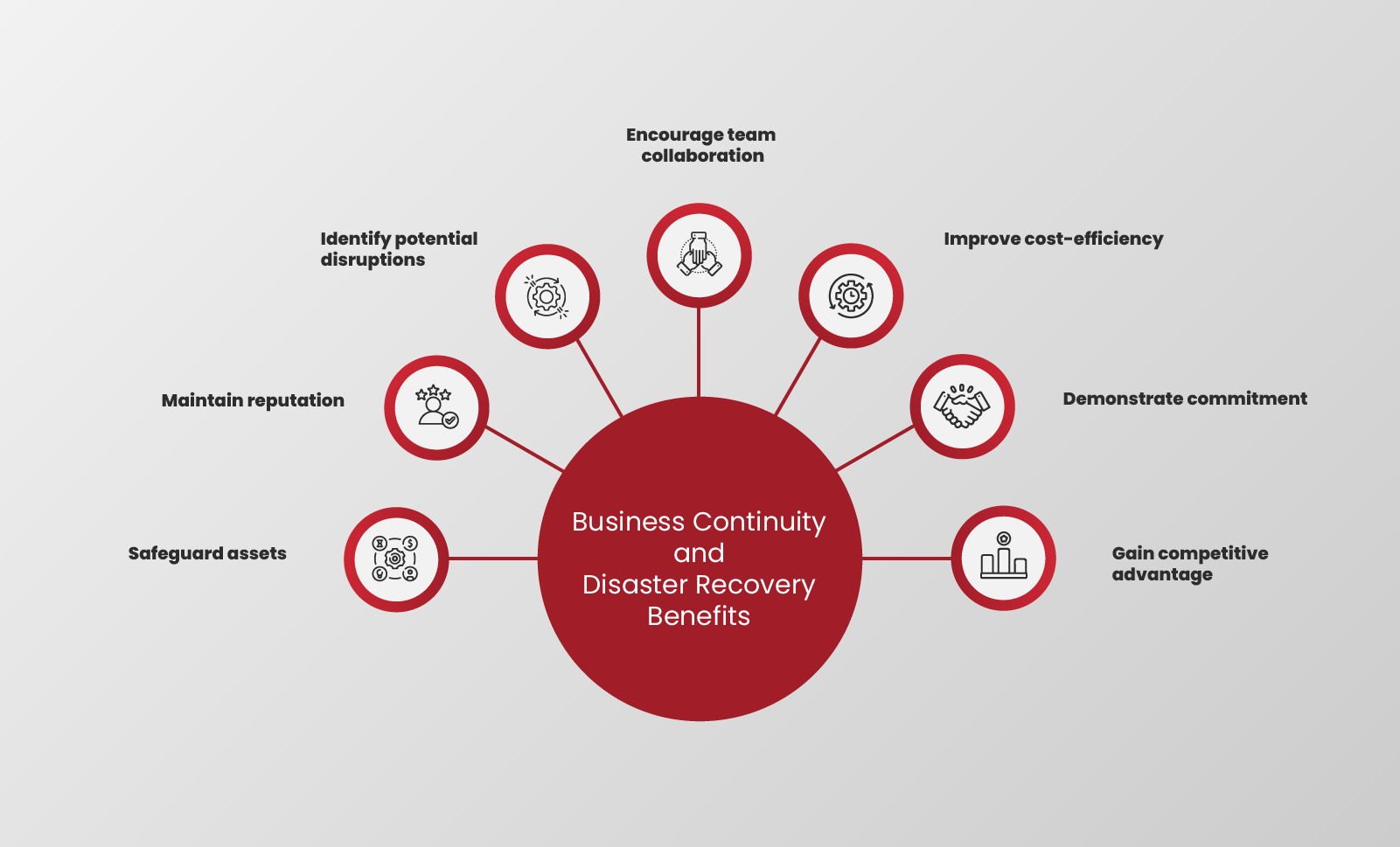
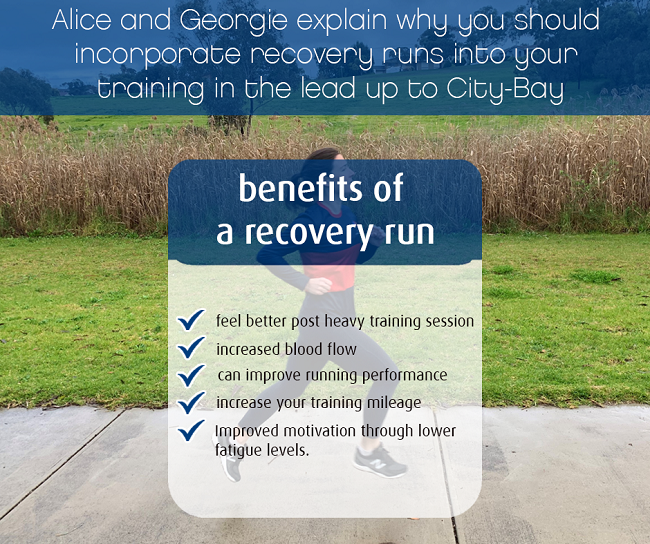
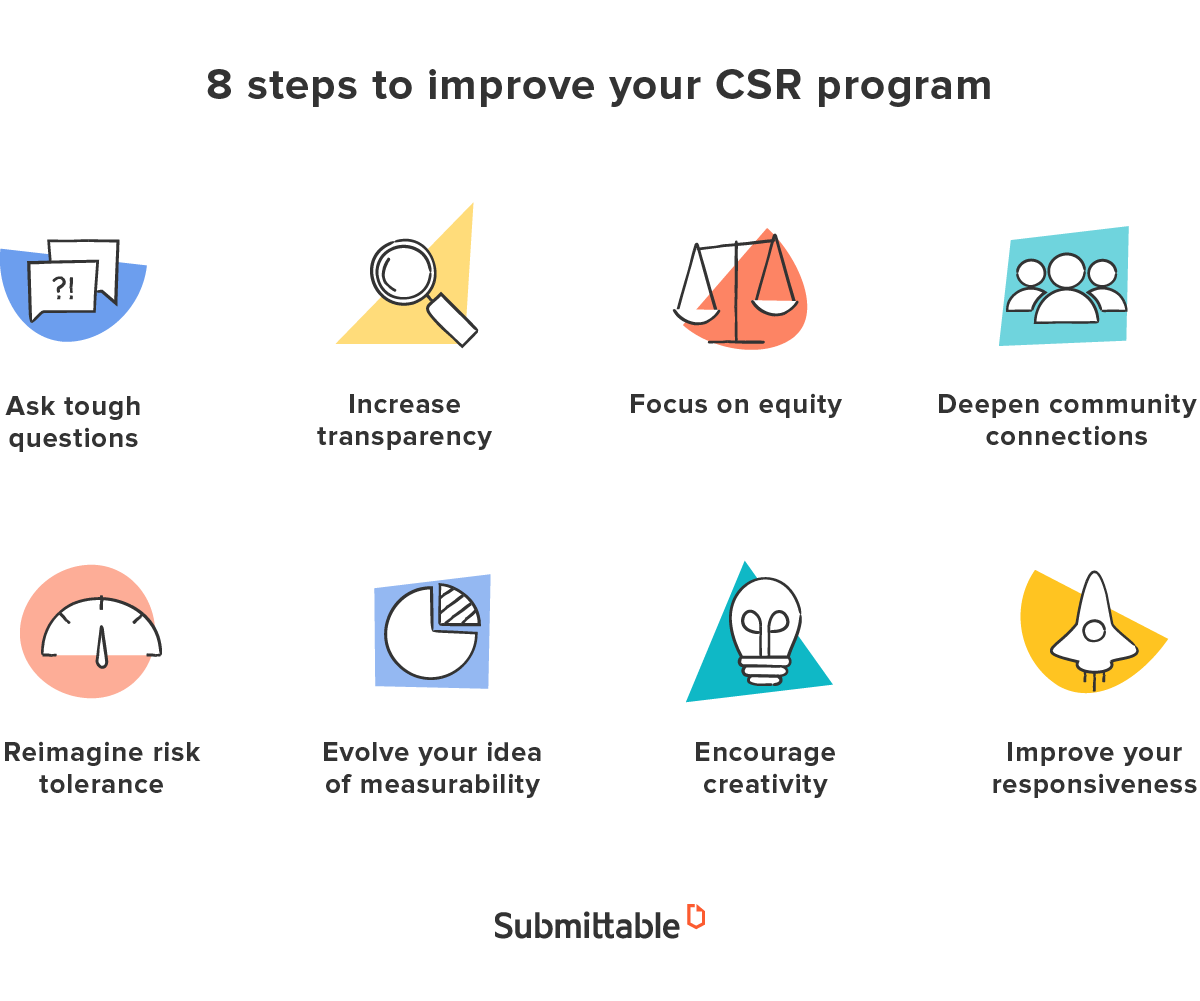



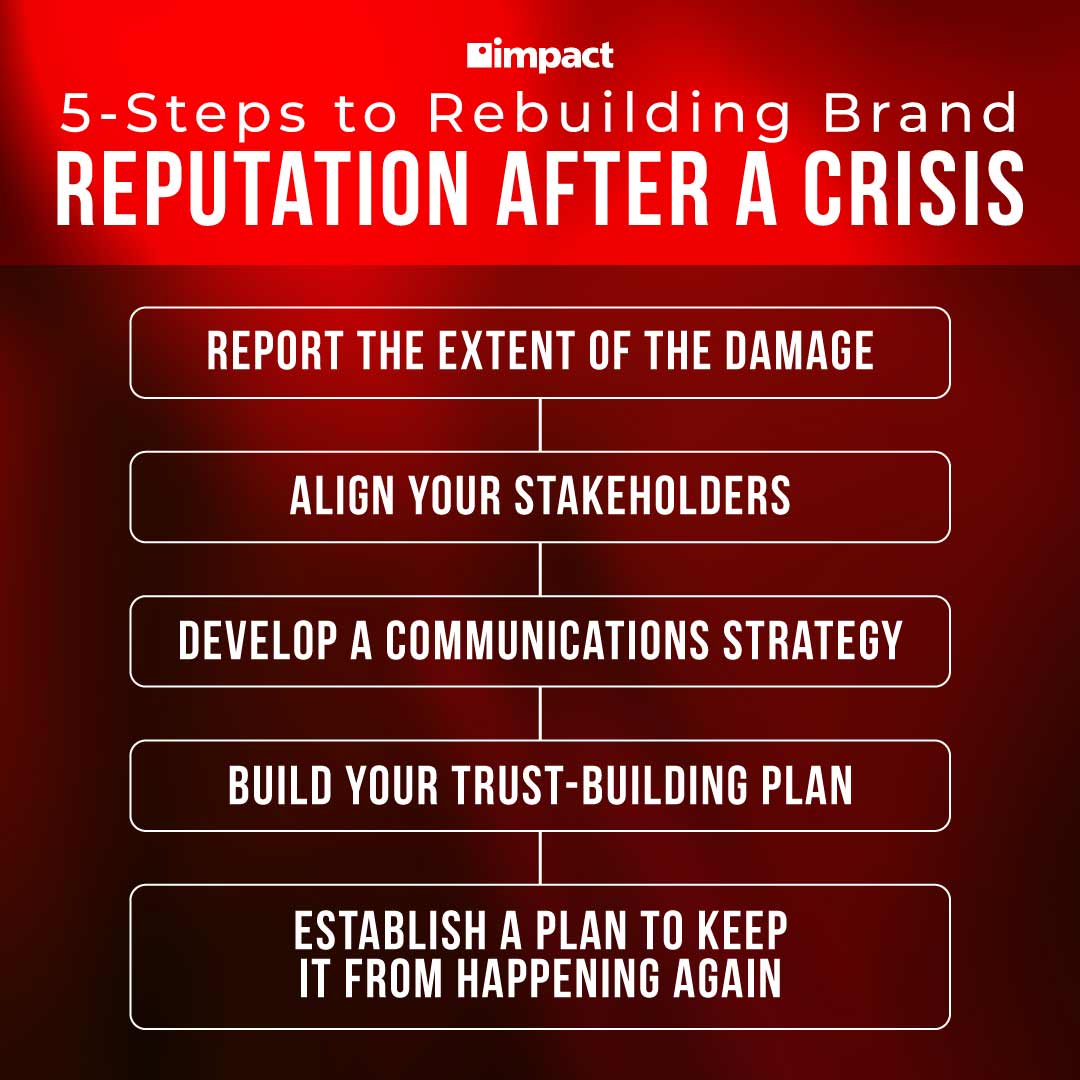
.57a8a1e232ed84d543bfc3745219ae9e0e83c40e.png)

